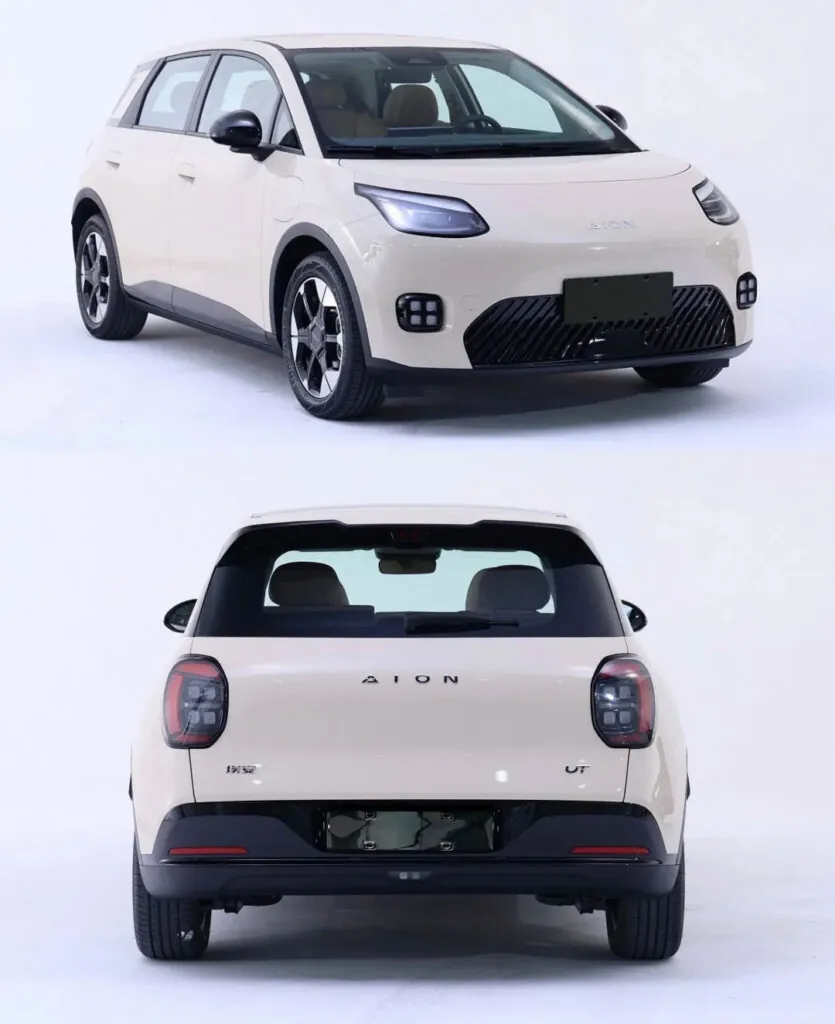JD.com (京东) make so many moves it’s hard to write enough headlines to keep up. Last month it was coffee, before that supermarkets and delivery-only kitchens, and now JD has launched a car. The Aion UT Super is set to launch on 5 November and will be sold exclusively via JD’s e-commerce platform.
They didn’t build the vehicle alone. It was developed jointly with GAC Aion handling manufacturing and CATL on battery supply. JD brings mountains of consumer data and massive retail power, completing the triumvirate.

The car is designed to make EV ownership cheaper and easier. It features CATL’s battery-swap system, capable of a 99-second replacement and around 500 km of range, as well as a battery-vehicle separation sales model that keeps upfront costs low (retail price has not been officially confirmed, but market commentary places it around RMB 100k–120k – about US $14,000 – 16,800). Inside, it runs a Huawei-powered cloud OS with terabyte-level storage and access to 20,000 apps.
The JD.com car launch came with a dose of theatre. The first model, branded JD 001, went under the virtual hammer starting at just RMB 1. After more than 23,000 bids and over 260,000 viewers, the price topped RMB 78.19 million (about US $11 million). JD later clarified this was purely a marketing stunt and no one actually paid the hefty auction price, though they are giving away a UT Super to one of the bidders.

JD’s entry to the industry adds another heavyweight to China’s smart-mobility race. From Alibaba’s local-life logistics and mapping ambitions to Huawei, Baidu, and Xiaomi pushing software, AI, and design into the driver’s seat, the line between tech firm and carmaker is blurring fast.
A JD.com car launch wouldn’t be happening if it wasn’t for the smart-vehicle wave we seem to be sitting at the crest of – one breaking with data power, not horsepower. The players that once delivered parcels, powered phones, or ran app ecosystems are now competing to own the digital layer of China’s roads. JD has always been about data-driven logistics, even when selling coffee or running supermarkets. Putting those dots together makes smart-vehicles look like a logical step, not a wild detour.









